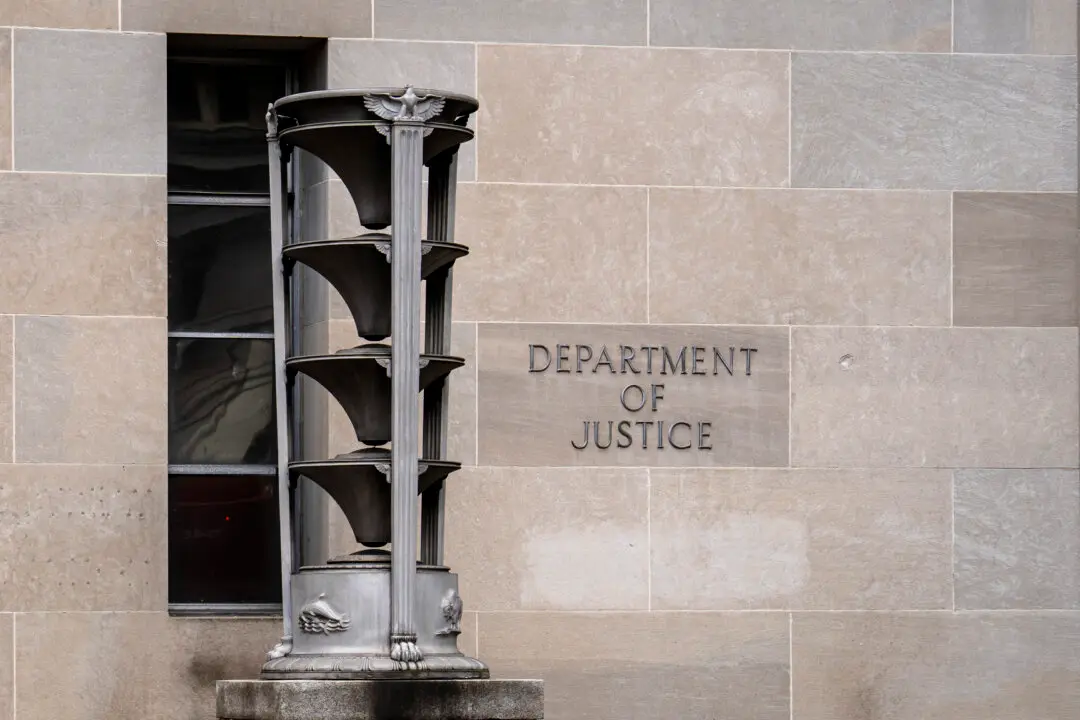Gen. Mark Milley, chairman of the Joint Chiefs of Staff, has called China’s suspected hypersonic missile test “very concerning” and said it was nearly a “Sputnik moment.”
Milley was alluding to the Soviet Union’s launch of Sputnik, the world’s first artificial satellite, in October 1957, which caused anxiety that the United States was falling behind the Soviet Union in technological advancement. Less than a year later, NASA was established to challenge the Soviets in the Cold War-era space race.





